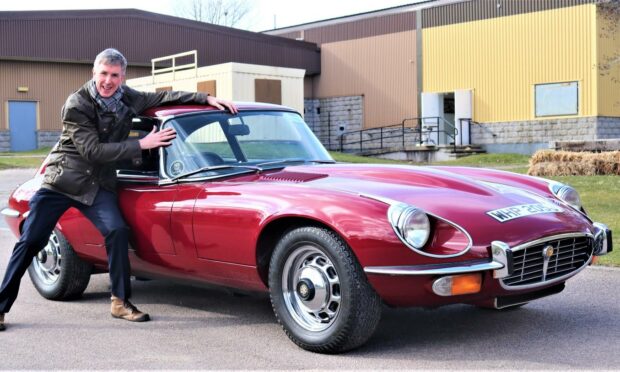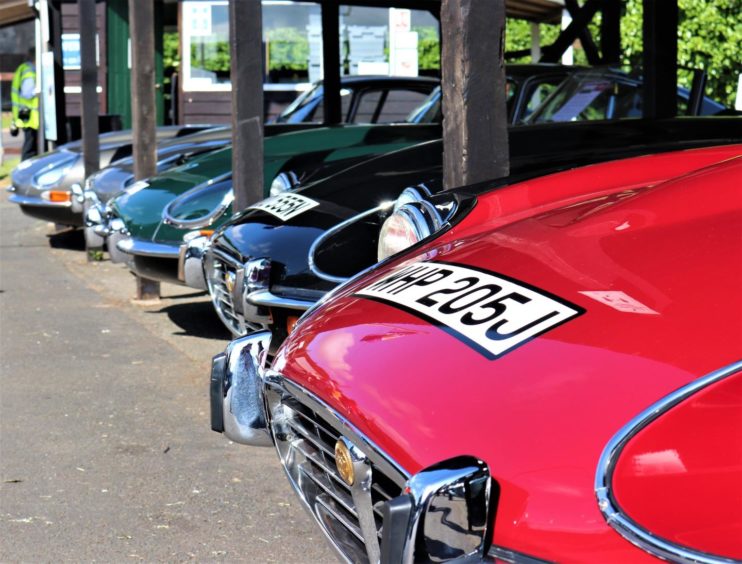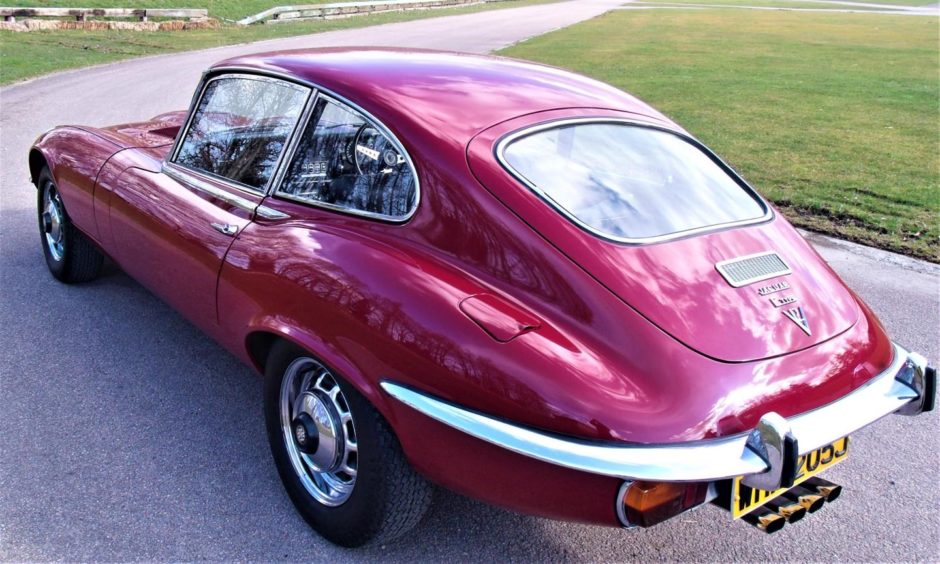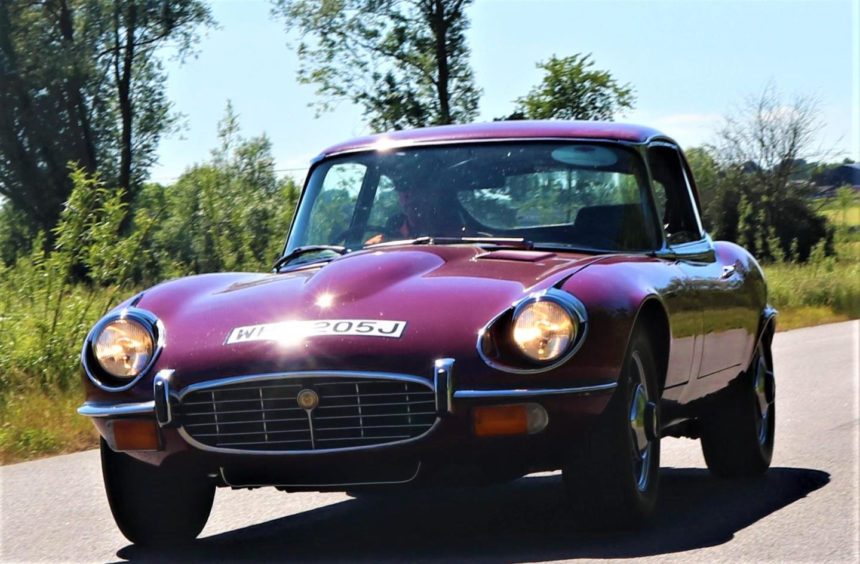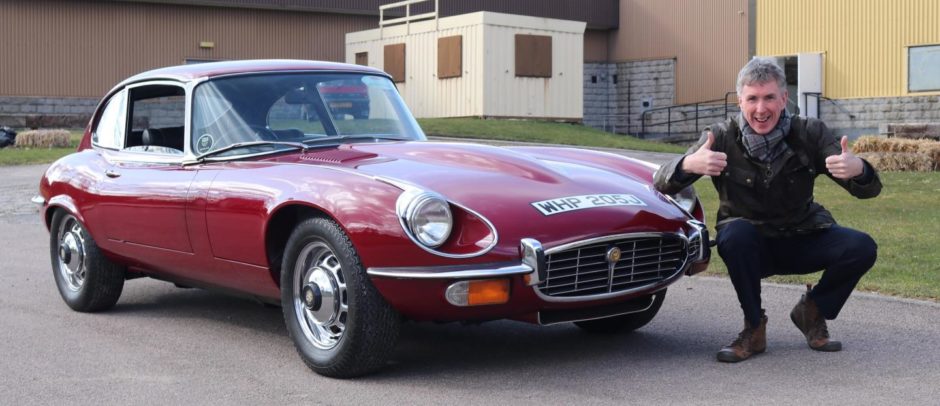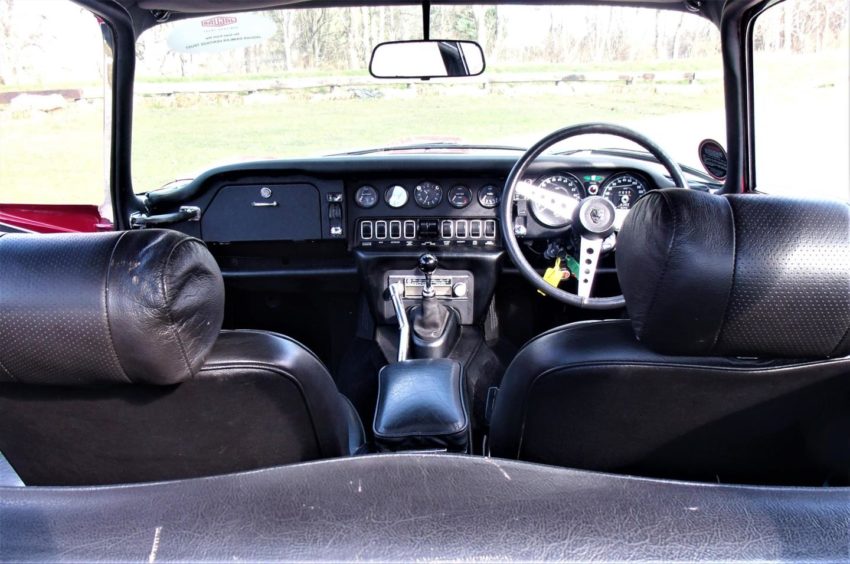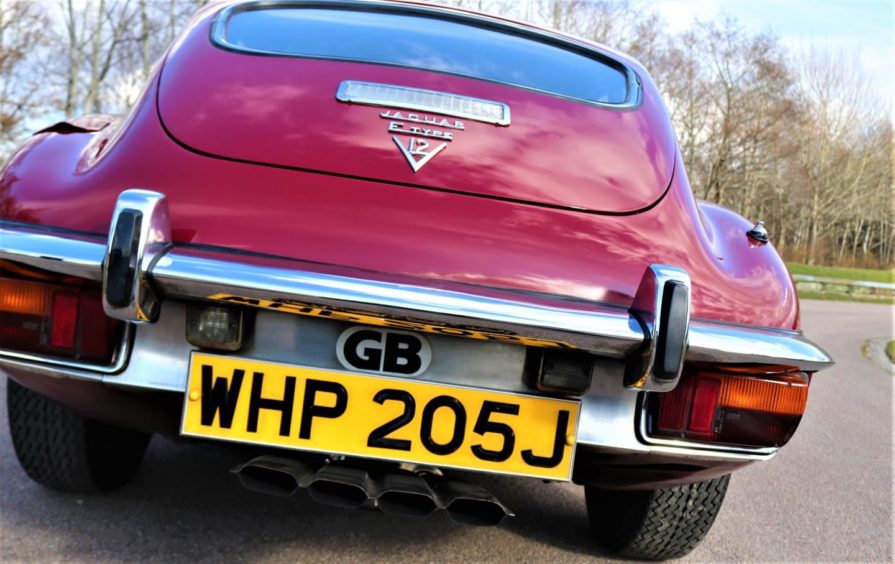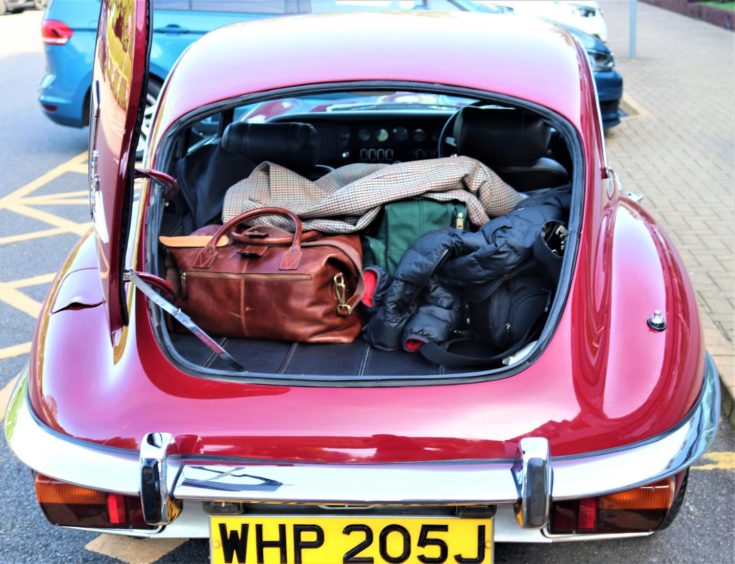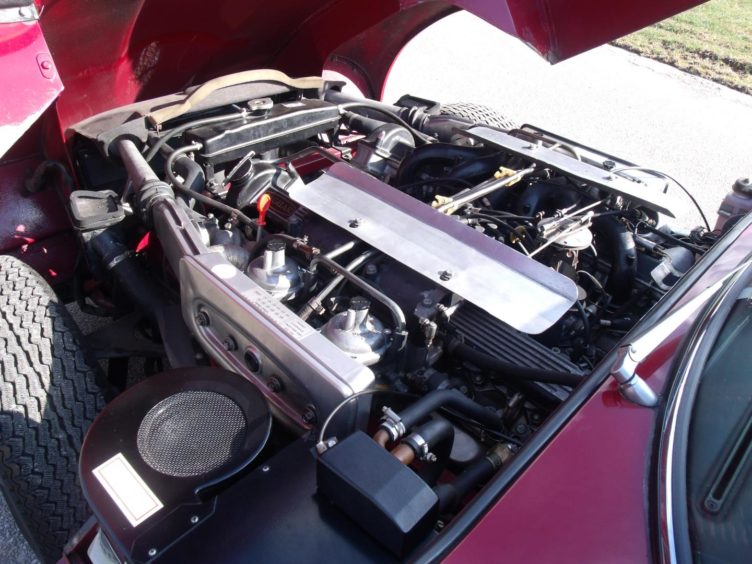If you are lucky, when you retire you receive a lump sum, as well as a monthly wage to buy food and petrol.
So, you have choices. Buy an over-priced new car (if you can find one) or an overpriced second-hand car. Then use it lightly until you have to give up driving, which, on account of depreciation, in budgeting terms is like taking a wheelbarrow of cash onto your drive and setting fire to it.
Or you could buy a classic car. It’ll connect you with your youth, extend your life and, when you give up driving, the children can sell it to buy a house on the back of the guaranteed appreciation.
How to find your perfect motor
But which classic car? Don’t buy any poorly built British tat which make as much financial sense as investing in sub-prime property in 2008. I mean, £60k for an Escort RS2000, and £20k for a Triumph GT6!
No, buy the classic car, a Jaguar e-type V12. Thanks to my friend, and walking wiki on all things Jaguar, Tony at Jaguar Daimler Heritage Trust, I’ve been custodian to e-type royalty WHP on several occasions. WHP 205J was one of the earliest E-type V12 cars built and some you will have seen when WHP came to Grampian Transport Museum for the limited season in 2020.
Today a useable and well-presented Jaguar e-type V12 coupe can be bought for £55k, a bit more for a minter. WHP, however, to me, is priceless.
The myth behind the car
When the Series 3 e-type was launched on 29 March 1971, Roger Bell in Motor was quoted as saying that all that was expected was a new engine (Jaguar’s second ever in-house powerplant), but what, in fact, came was a new car. Not a yowling, aggressive Ferrari-like machine with which, perhaps, most people associate a V12 engine but a very smooth, quiet, and refined grand touring sports car.
The V12 is a quick car that I found I wanted to drive quick. It’s been a long time since I’ve laughed out loud when driving. That’s what happened in the V12. Push the throttle in any gear and just let the revs climb, and then hang on. The back end gets light and on “my” car the brakes are not modern in ability, but, what a drive!
That four-speed gearbox mated to the huge engine works better than rhubarb crumble with custard. I thought it’d be a lazy torquey car. Scrub that, this is a sports car. Torquey? Sure. I was able to pop it into top (fourth gear) from 1000 revs, and from there the car will pull in an unrelenting fashion all the way to 146 mph. A braver man or woman than I am is required to see that number on the speedo, and be on a runway please.
Running a classic
Starting and running a car on multiple carburettors is always going to be more of a challenge than the fuel injection. So get used to playing with the choke.
Once moving there’s the satisfying long throw of the gear lever to enjoy, matched to an easy-to-use clutch. I can almost forgive the heat soak from the V12 into the cabin when presented with the row of black rocker switches to look at and use as I sweat.
On summer days, and nights, you do feel like John and Olivia… greasy. The windows need to be down as the cabin gets hot. Driving the e-type needs more work than – say – the Mercedes SL I spoke about last month.
Obviously, there’s no heated seats, electric windows, and no electric mirror, in fact – yikes – when setting off up the M40 I realised there were no exterior mirrors at all.
Thankfully you can power and steer around traffic with the lovely 1970’s period British Leyland drilled aluminium steering wheel.
The circumference is the right size, the rim perfect, and it’s a delight to use. Not sure how the original sounds are in the Jaguar though, as I don’t have any eight-track tapes (ask your parents).
The Jaguar is, surprisingly, comfortable for me, too. I can get my size 12s down the side of the clutch, and the central armrest and door armrest are sited perfectly. Yes, it all feels just as it should in here, and the view down the bonnet, well that’s just iconic.
Take time to appreciate the design features: the internal bonnet opening catches, interior door handle, and the smooth hatch with no outside opening catch; all bespoke and lovely to use. A
nd in that hatch, you can carry more than enough luggage for two (and their racing helmets).
A refreshingly expensive classic car makes sense as a purchase for anyone retiring in September 2021, as it reminds you that after 30+ years working on the planet life is good – and walking up to the e-type in a hotel car park made me feel like I was an astronaut flying to the Moon.
Which is quite appropriate as WHP is the original Press car that raced a Jaguar fighter along a runway. It won that race, and won my heart.
WHP 205J is on show again at the British Motor Museum in Warwickshire. Thanks to Tony Merrygold at Jaguar Daimler Heritage Trust who has repeatedly loaned the Jaguar (and almost didn’t get it back).
